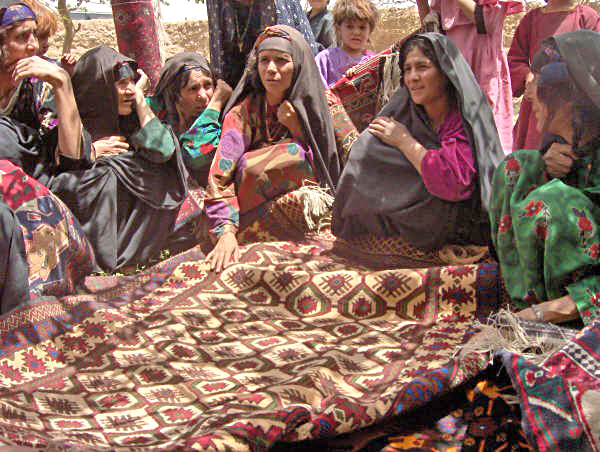Afghanistan is ranked among one of the most poorest and undeveloped countries in the world. In terms of GDP, Afghanistan is ranked 110, with a purchasing power parity of $27.01 billion a year. The average per capita is only $1000 a year. Pre-Soviet era, the country was flourishing due to aid from both the US and Soviet Union, who both wished to gain the country as an ally during the cold war. This aid went into constructing a functional infrastructure. After 30 years of war, the economy of Afghanistan has been seriously damaged. As of 2008 35% of the population is unemployed. 36% of Afghans live below the poverty line. There is wide-spread poverty across the country. Much of the population has shortages of clean water and access to electricity.
The economy is mostly agrarian based. Most of the population is engaged in farm work, with 78.6 Afghans involved in agriculture. This is consistent with the fact that most Afghans live in the rural areas. Most of Afghanistan's exports, such as fruits and wheat, come from these rural farms. The most largest export of Afghanistan, however, is not these more legal crops. Opium makes up the largest export of Afghanistan. Afghanistan is also one of the largest suppliers of opium crops in the world, which are developed into heroin. Local warlords and the Taliban profit from the trade. There is currently a debate in the Afghan government whether to legalize the production of the crop in order to draw away financial support from the Taliban.
The US and its allies have been working to reconstruct the economy of Afghanistan since 2001. There has been slight improvements during this time, but the economy remains weak. Recently there have been discoveries of mineral deposits by US geologists, who estimate their worth to be $1 trillion. The hope is that this new discovery will lead to Afghanistan becoming a mining center of Central Asia.
Information obtained from Wikipedia.org and the CIA World Factbook

No comments:
Post a Comment